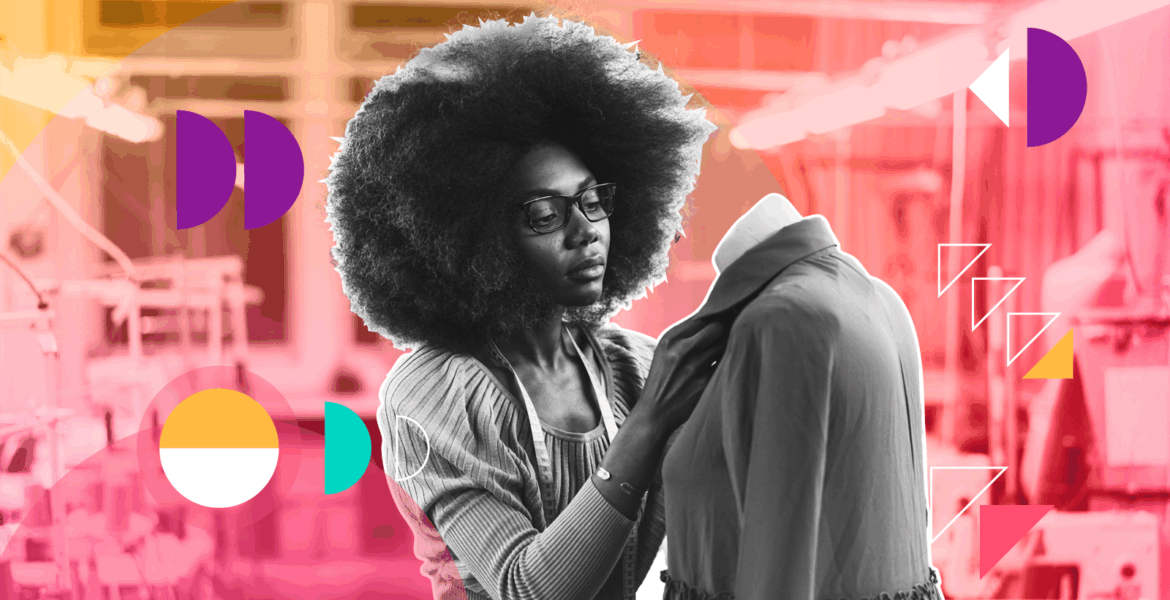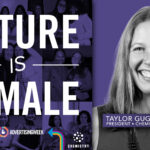By Frank Pagano, Senior Partner, Jakala
Achim Berg (AB) is a giant in the fashion business. After a long and successful career at McKinsey, the leading strategy consulting firm in the world, in 2024 he launched his own gig, called FashionSIGHTS, an independent corporate think-tank dedicated to exploring and shaping the future of the fashion industry. Rooted in rigorous research and powered by the expertise of its team and extensive network, FashionSIGHTS wants to add value to the industry, through thought leadership and advisory services, talking to senior decision-makers, entrepreneurs, and investors. Berg went solo, but with a clear “social” mission, both at a personal and professional level. We sat down with the Maestro, for a few questions about him and an industry in desperate need of change, if it wants to survive and serve global fans, the broader community and the planet.
After so many years of corporate challenges and – we shall say – comfort (at least, when it comes to a known brand name like McKinsey), why a new venture?
I deeply enjoyed my journey at McKinsey, because I started as a generalist but found an unexpected passion for fashion, and helped to build McKinsey’s apparel, fashion and luxury practice. But after 24 years at the firm, I felt I wanted to focus on certain elements, like following my passion for research and thought leadership. I started with the State of Fashion report with Business of Fashion, and I have written more than 40 white papers, but I wanted to do more in-depth research. More and more, I also enjoyed advising senior decision-makers, more than running and overseeing projects and large transformations. When I turned 50, I thought, I could stay on for another 10 years with McKinsey, but I could also make the attempt of being more consequential on what I really wanted to do. And after a long process, I concluded I could do that. And that process resulted in me founding FashionSIGHTS. We just started off, and initial signals are strong. But, yes, it’s my own venture, and it comes with some risk, which I accept. It’s also what I was looking for. I am not scared, as I look at what we need to accomplish and how we can support our clients.
You recently wrote a contribution to a book dedicated to Giorgio Armani and his company. What are the unique things that Armani leaves to the world of fashion?
It’s the timelessness of the brand, I would say. Mr. Armani has been able to create a solid business, and he probably never maximized its potential on the sales’ side. He has always been true to his nature, and his objective of extreme care and quality. He built an iconic brand, with a clear, signature handwriting.
Armani was one of the first designers to expand his brand in many categories, from accessories to home furnishing, to food, to hospitality, being and behaving like a pioneer. His way of doing things never compromised across categories and geographies. He truly passed the test of time. Armani is a legend, and he belongs to the few who shaped an entire industry. Obviously, the open question is how that legacy will continue. There is a lot to learn from the man and from his brand, for all new designers.
Exactly, let’s talk about the new generations of fashion leaders. What are the learnings that fashion brands and designers of the future should follow, or things they should do differently vs. their predecessors?
This is the fashion industry, you know. A unique and distinctive idea is always the foundation for lasting success from a product, brand, and especially business point of view. Any designer or fashion businessman or -woman needs to shape an innovative and distinctive business model.
In terms of wealth creation, if we look at the past, fashion as an industry has produced many billionaires, and it’s third, only after tech and finance. Fashion can create tangible wealth, despite its cautious, whimsical and conservative rituals. There is something unique about LVMH or Inditex, for example. Fashion has a way to create shared value for a broad network of players, and that should be maintained.
The marketing mix needs, for sure, more of the direct, online and social media ingredients that we have seen rising in the past 15-20 years. But digital can’t work alone. You still need some features of the old recipe, together with the tech advancements. Other opportunities are for sure in consumer knowledge and engagement of fans. For example, AMI Paris could be a good example of a new, more contemporary go-to-market approach. The classic formula is still valid, and needs progressively more tech injections, in terms of market penetration and engagement.
It’s hard not to look at the USA. I must ask the question. What’s going on there, and what should we expect for the year ahead for fashion brands?
I observe what’s going there with surprise and disappointment. The industry was hoping for a renaissance in the US, at the beginning of the year, especially hoping for a pro-business government. Now, it looks like it’s almost the other way around. Fashion supply chains are very complex today, and you can’t adjust that set-up quickly. The shock waves of the tariffs’ programs are visible and real. It’s a sad thing for the industry. It creates lots of insecurity, which doesn’t help.
Brands are and should be in a waiting mode. Things may change, obviously. Premium and mass markets will wait, while looking for alternatives and contingencies. We should expect a soft Q1 and Q2, paired with a hold on investments, which means less store openings, new distribution, increase in staff, slimmer marketing budgets. 2025 will be another transitionary year for the industry. It’s maybe an opportunity for some cultural changes, for more consumer and trade knowledge, for tighter partnerships. Prices can’t go up any longer, after the artificial price hikes of the past. It’s the perfect moment to rethink, remodel and remix, and we want to be a part of that process.











